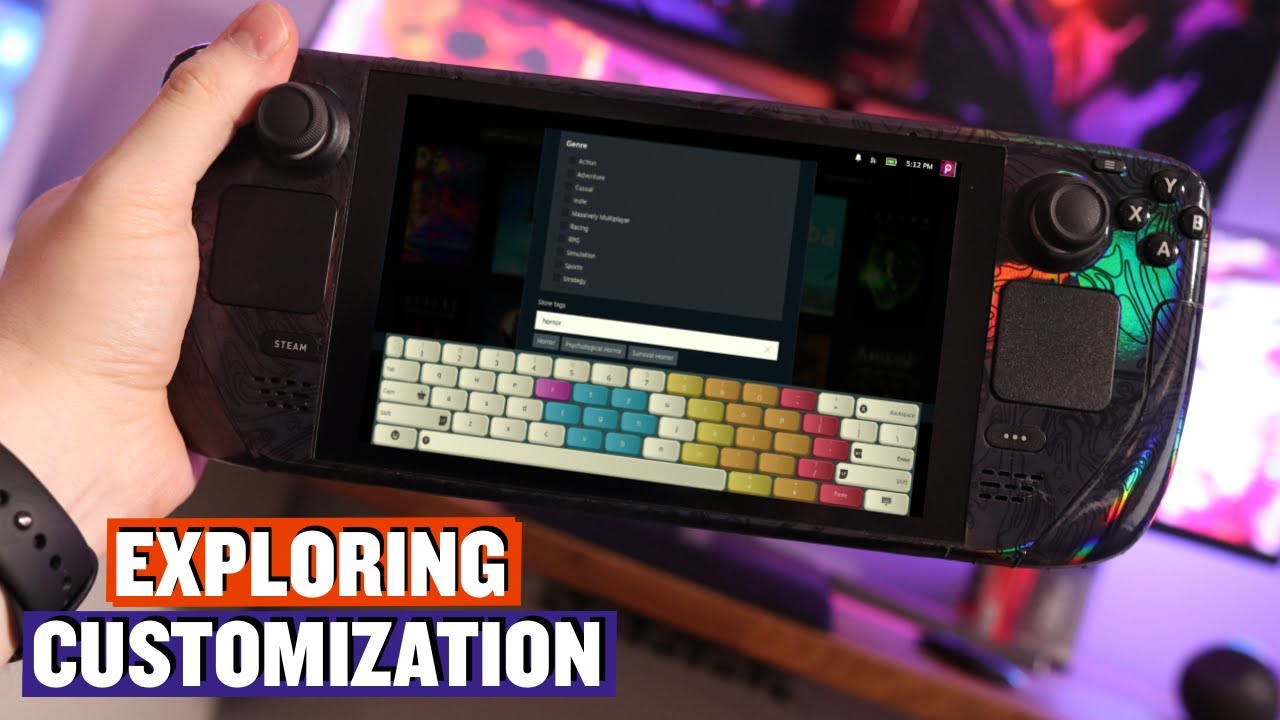Unlocking the Power of Handheld Gaming: Steam Deck’s AMD Frame Generation and FSR 3.1
The world of handheld gaming has just gotten a whole lot more exciting with the integration of AMD’s Frame Generation and FSR 3.1 technologies into the Steam Deck. This powerful combination is set to revolutionize the gaming experience on the go, offering enhanced frame rates, smoother gameplay, and unparalleled visual fidelity.
The Steam Deck, now more powerful than ever
Regardless of whether you own the OLED or LCD version of the Steam Deck, both benefit from the implementation of AMD’s Frame Generation and FSR 3.1. The OLED version, in particular, takes full advantage of these technologies, offering an unparalleled visual treat.
The Future of Handheld Gaming
While Frame Generation is currently limited to specific games on the Steam Deck, the possibilities for future systemwide support are exciting. If implemented across all titles, this technology could transform the handheld gaming landscape, providing substantial performance improvements and elevating the overall gaming experience.
Some of the popular games that now support AMD’s Frame Generation and FSR 3.1 on the Steam Deck include:
- Spider-Man Remastered
- Spider-Man Miles Morales
- Ratchet and Clank: A Rift Apart
- Horizon Forbidden West
These titles have seen significant FPS improvements, with Spider-Man Remastered jumping from 57 FPS to the mid-70s, resulting in smoother, more enjoyable gameplay.
Optimizing Settings for Best Performance
To fully harness the power of Frame Generation and FSR 3.1, users should fine-tune their game settings. Running games at medium settings with a resolution of 720p or 800p, coupled with FSR 3.1 set to balanced, yields excellent results. Allowing Frame Generation further enhances performance, creating a more immersive gaming experience.
 Fine-tuning game settings for the best experience
Additionally, locking the GPU clock at 1600 MHz can help maintain stable performance, ensuring that the Steam Deck runs smoothly even during graphically intensive scenes.
Challenges and Opportunities
Despite the impressive advancements brought by AMD’s Frame Generation and FSR 3.1, some challenges persist. Certain games, such as Horizon Forbidden West, still struggle to run smoothly on the Steam Deck, highlighting the need for further optimization. Moreover, ghosting issues have been reported in some titles when Frame Generation is enabled, indicating that refinements are necessary to perfect this technology.
 The future of handheld gaming looks bright
As AMD continues to develop and refine Frame Generation and FSR 3.1, the future of handheld gaming looks incredibly promising. The potential for systemwide support could transform the Steam Deck into an even more powerful and versatile gaming device, offering unparalleled performance and visual fidelity.
The integration of these technologies serves as a testament to the ongoing evolution of handheld gaming, as manufacturers strive to provide users with the best possible gaming experience on the go. As more games adopt Frame Generation and FSR 3.1, and as these features become more widely available, the Steam Deck is poised to become an even more compelling choice for gamers seeking high-quality, portable gaming.
“The future of handheld gaming has never looked brighter.” - Source


 Photo by
Photo by 











